
The beauty standard presented in media is always a source of attention, as it has a large effect on how we view ourselves. With the rise of AI, The Bulimia Project wanted to see what type of “ideal body” popular image generators would produce. The results are eye-opening. Dall-E 2, Stable Diffusion, and Midjourney all produced men and women whose bodies were highly unrealistic. As these systems were trained on material provided by developers, the results are really a look at our unrealistic beauty standards.
According to the eating disorder awareness group, 40% of the AI-generated images they produced depicted an unrealistic body type. When prompted to create “the ‘perfect’ female body according to social media in 2023,” all three image generators created women with small bodies. With their tiny waists, chiseled abs, and large breasts, the “ideal” woman created by Midjourney was signaled by the group as the furthest from reality.
The ideal man was similarly distorted, with the pictures looking like “photoshopped versions of bodybuilders.” The nipped-in-waists, washboard abs, and chiseled jawlines are a look that would be difficult to find in real life.
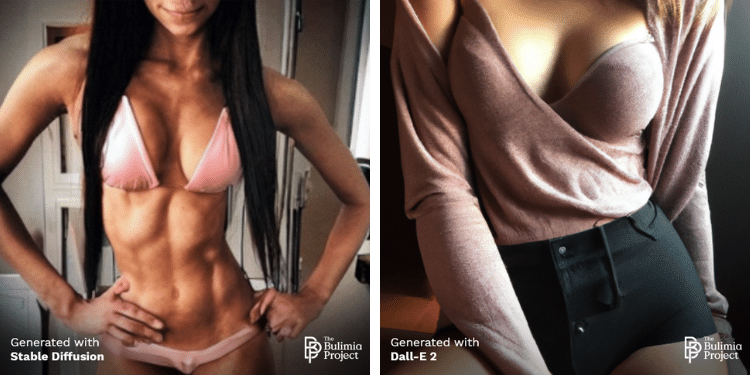
The Bulimia Project found that there was a tendency for the image generators to create blonde women, while the men most often had brown hair. In fact, 67% of the AI-generated males had dark hair. There was also a preference for olive skin. It was found in 53% of the female images and 63% of the male images. Nearly half the men had facial hair, which led the organization to the conclusion that the “ideal” male has darker features, according to the internet.
For the second set of prompts, the organization asked the three image generators to produce male and female images using the prompts “the ‘perfect’ woman in 2023” and “the ‘perfect’ man in 2023.” Here, the results were slightly different. Taking the social media aspect out of things produced two sets of images that weren’t as sexually charged. As this prompt didn’t ask the AI generators to focus on the body, the images are mainly portraits. Darker features remain prevalent for the men, and it’s interesting to see that these prompts also generated men and women of different ethnicities—something that was missing from the initial results.
As AI becomes an increasing part of everyday life, it’s important to understand the inherent biases that exist in what they produce. Luckily, people are beginning to develop tools in order to point out these biases, but it remains important to educate the wider public about the skewed realities that they may begin to see more often. This is particularly crucial as AI improves, making it more difficult to figure out what is real photography and what is the product of technology.
An eating disorder awareness group tested the unrealistic beauty expectations of AI image generators by asking them to produce social media-ready photos of the perfect male and female body.
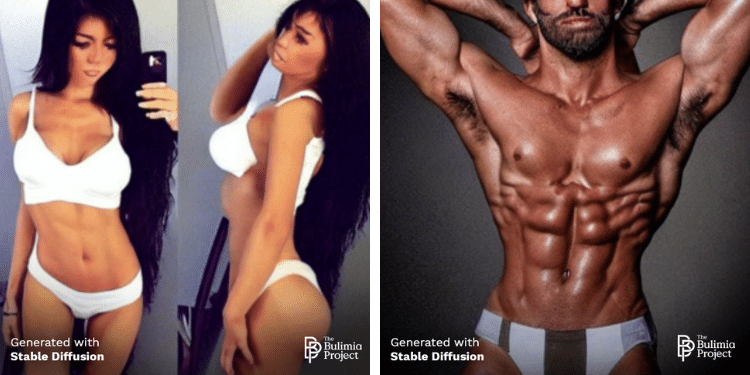
All of the image generators produced men and women with highly unrealistic bodies.
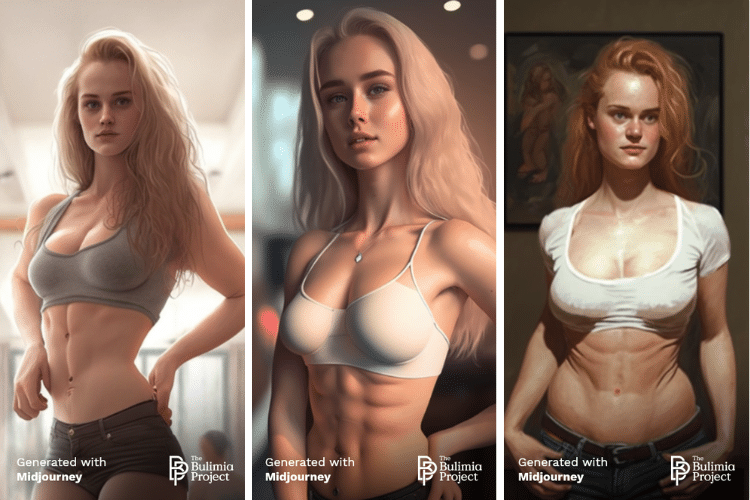
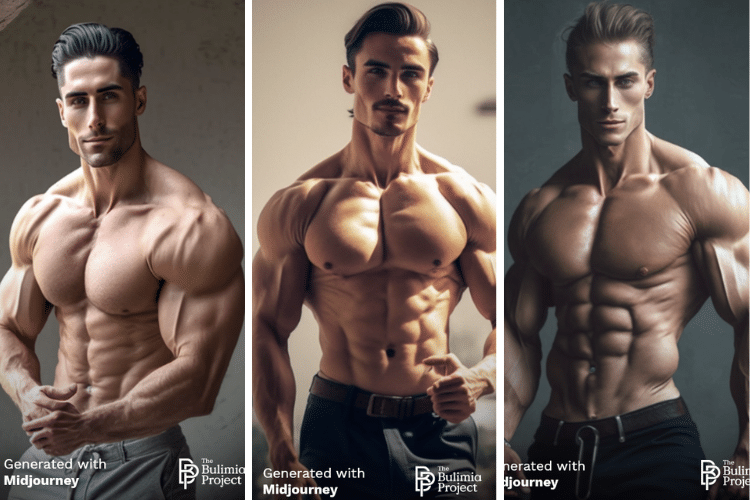
When prompted to generally create the “perfect” man or woman, the images were less sexualized, but fit a very specific standard.
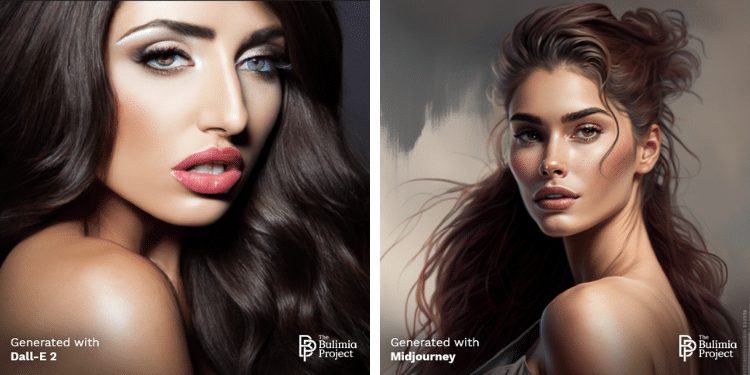
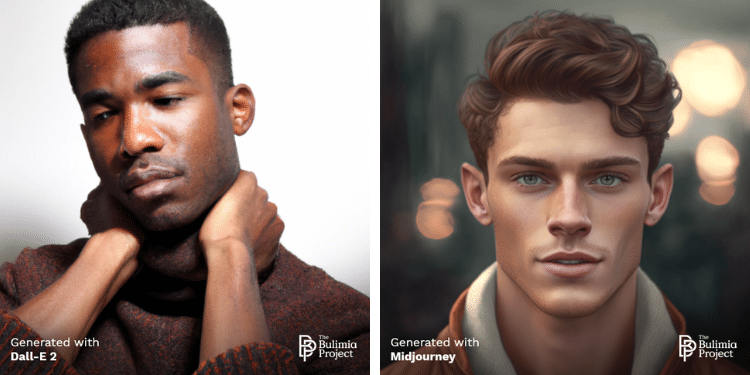 The Bulimia Project: Website
The Bulimia Project: Website
h/t: [IFL Science]
Related Articles:
Ordinary Photos of a House Party Are Actually an AI-Generated Event
Man Fools Relatives Into Think He Has Girlfriend but She’s Actually AI
Popular Instagram Photographer Confesses That His Work is AI-Generated
Photo of Pope Francis Wearing a Stylish Puffer Jacket Is Actually an AI-Generated Image
